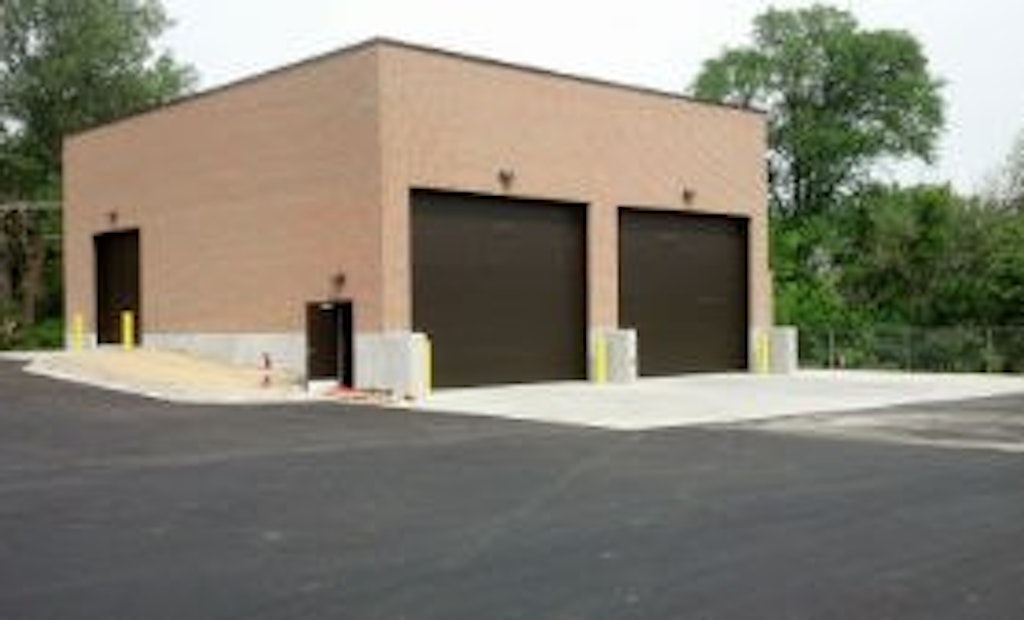
Interested in Trucks?
Get Trucks articles, news and videos right in your inbox! Sign up now.
Trucks + Get AlertsDuPage County, Ill., officials recently announced the opening of a new waste receiving station at the Woodridge-Green Valley Wastewater Treatment Facility in the suburbs of Chicago. This facility — the first of its kind in Illinois and one of only three in the country — is an environmentally safe way to dispose of public works debris.
“The county built the facility and is offering use of it to all of our current customers as well as any of the 15 communities that we serve,” says Kevin Buoy, facilities operations manager. “We would look for anyone else in the area that would need to use the facility on a case-by-case basis.”
The logistics
At the $800,000 facility, the county’s Vactor jet/vac trucks back down an inclined bay and dump waste cleaned from the local sewer and stormwater systems into an engineered disposal unit that is essentially a modified roll-off dumpster.
“The dumpster acts as a drainage area for liquid and solid separation,” says Buoy.
Liquids flow into a trench drain and are treated at the onsite wastewater treatment plant. Meanwhile, the solids are dried and transported to a landfill.
“It’s intended to be an environmentally friendly station that would allow for the containment of all that material so it cannot leach into the environment,” says Buoy. “So where municipalities would typically use an asphalt pad or something that has the potential to leach, all the waste here is contained.”
The savings
The new facility increases efficiency for municipalities.
“It saves a considerable amount of time —you have no materials handling, you have no dumping and reloading of the material. You have no potential for it to leach, so it offers more timely, more efficient immediate disposal and secondary handling of the material that also reduces any environmental impact,” says Buoy.
DuPage officials used a capital finance program to fund the project, and they anticipate a reasonable payback.
“We’re looking at a rate structure that would give us between a five- and eight-year payback,” says Buoy.
The county owns property adjacent to the new facility, so it can expand, if needed.
“Depending on the interest we get from other communities, we have the ability to in effect triple the size of this facility,” says Buoy. “We have the land, the plan and the utilities in place.”
Time is money, and the new receiving station “provides a solution that takes the multi-step process of effectively handling this material out of the hands of municipalities,” says Dan Cronin, DuPage County Board chairman.





